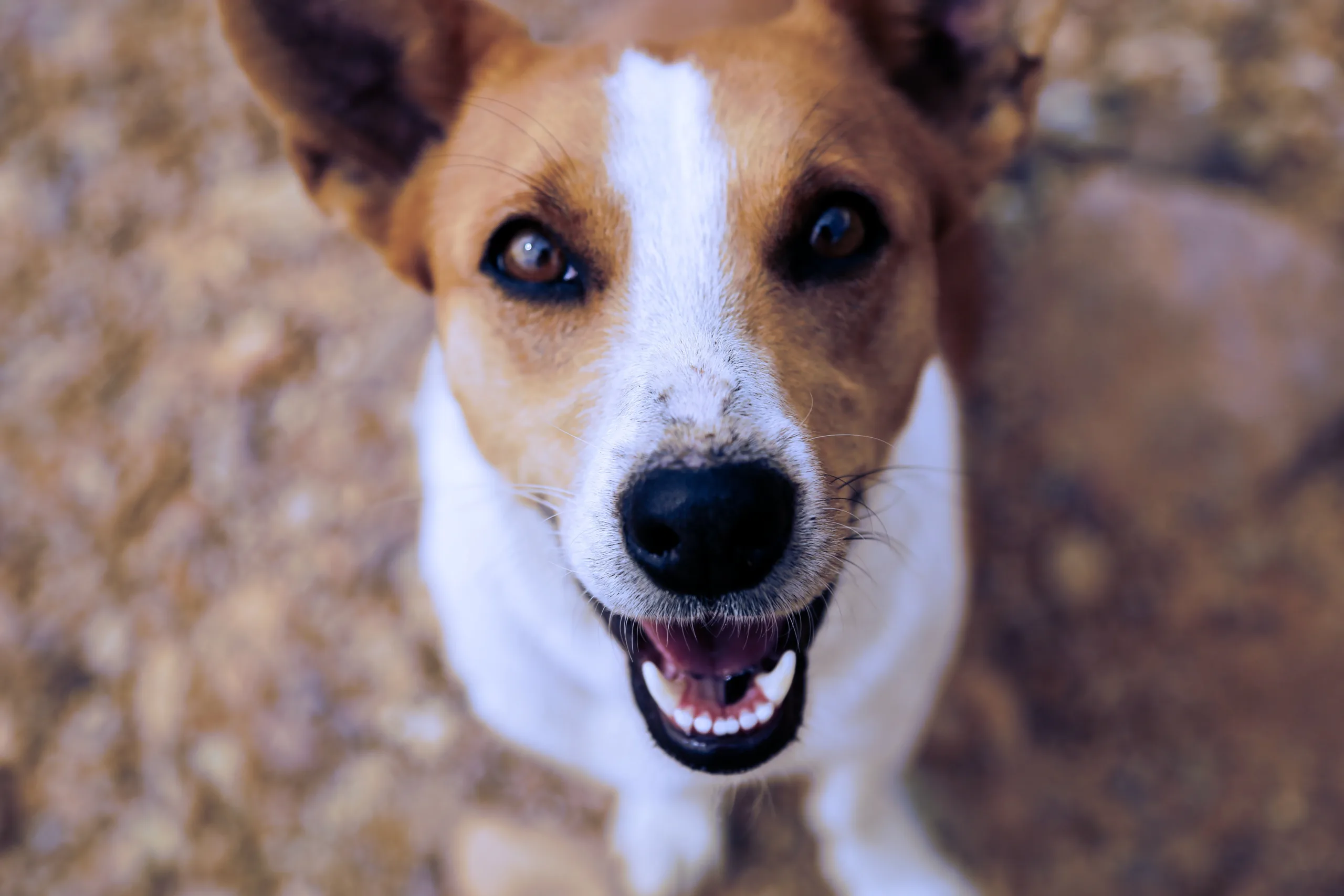When it comes to the enchanting world of our four-legged companions, the realm of nomenclature is a delightful tapestry of terms that evoke their unique essence. The question “What are male dogs called?” might seem simple, but it opens up a fascinating exploration into the lexicon that defines our beloved canine friends. In this article, we’ll delve into the intricacies of naming male dogs, understand the nuances of gendered canine terminology. And address some common questions that arise in this captivating realm.
For more about dogs click here
The Vernacular of Canine Genders:
In the realm of dogs, language plays an essential role in conveying their identity, personality, and gender. When it comes to referring to male and female dogs, there are distinct terms that hold a special place in the canine lexicon.
Male Dogs:
A male dog is commonly referred to as a “dog,” “doggy,” or “boy dog.” While these casual terms are widely recognized, the term “dog” can encompass both male and female canines in certain contexts. To specify the gender of a male dog, one might use the term “male dog” or “male canine.”
Female Dogs:
Conversely, a female dog is often referred to as a “bitch.” However, it’s important to note that this term has evolved over time and can carry negative connotations in modern usage. As such, it’s increasingly common to hear “female dog” or “female canine” when referring to the fairer gender of our canine companions.
Exploring the Canine Gender Identity:
Beyond the simple question of “What are male dogs called?” lies a rich tapestry of gender identity in the canine world. Let’s explore some facets of this captivating subject:
1. Pronouns for Dogs:
While our furry friends don’t have the same linguistic complexity as humans, many dog owners refer to their pets using pronouns like “he” or “she.” For example, “He’s a playful and energetic dog” or “She loves to chase after balls.”
2. The Mother Dog:
The term “mother dog” is used to refer to a female dog that has given birth to puppies. This term acknowledges the nurturing and protective role that female dogs play in raising their young.
3. Gender-Neutral Terminology:
In some cases, pet owners might use gender-neutral terms to refer to their dogs, especially if they prefer not to emphasize gender. For instance, they might simply say “my dog” instead of specifying “he” or “she.”
Common FAQs About Canine Terminology:
Q1: What are male and female dogs called?
Male dogs are often called “dogs,” “doggy,” or “boy dogs.” Female dogs are commonly referred to as “bitches,” though the terms “female dog” or “female canine” are used in modern conversation.
Q2: What is the proper name for a male dog?
The proper term for a male dog is “dog,” but it’s important to specify “male dog” or “male canine” if you want to emphasize the gender.
Q3: Can a male dog be called he?
Yes, it’s common for dog owners to use the pronoun “he” to refer to their male dogs.
Q4: What is the name of the female dog?
The name for a female dog is “bitch,” but many pet owners opt for the more neutral terms “female dog” or “female canine.”
Q5: What gender is dog?
The term “dog” is gender-neutral and can refer to both male and female canines.
Q6: What is the mother dog called?
The mother dog is referred to as the “mother dog.” This term acknowledges her role in giving birth and raising puppies.
In conclusion, the question “What are male dogs called?” invites us to explore the rich tapestry of canine terminology. While male dogs are often called “dogs,” “doggy,” or “boy dogs,” the language we use to describe our furry companions reflects our bond with them. Whether we use gendered terms or prefer gender-neutral language, our interactions with dogs are characterized by love, companionship, and a deep appreciation for their unique personalities.
Click here for more
